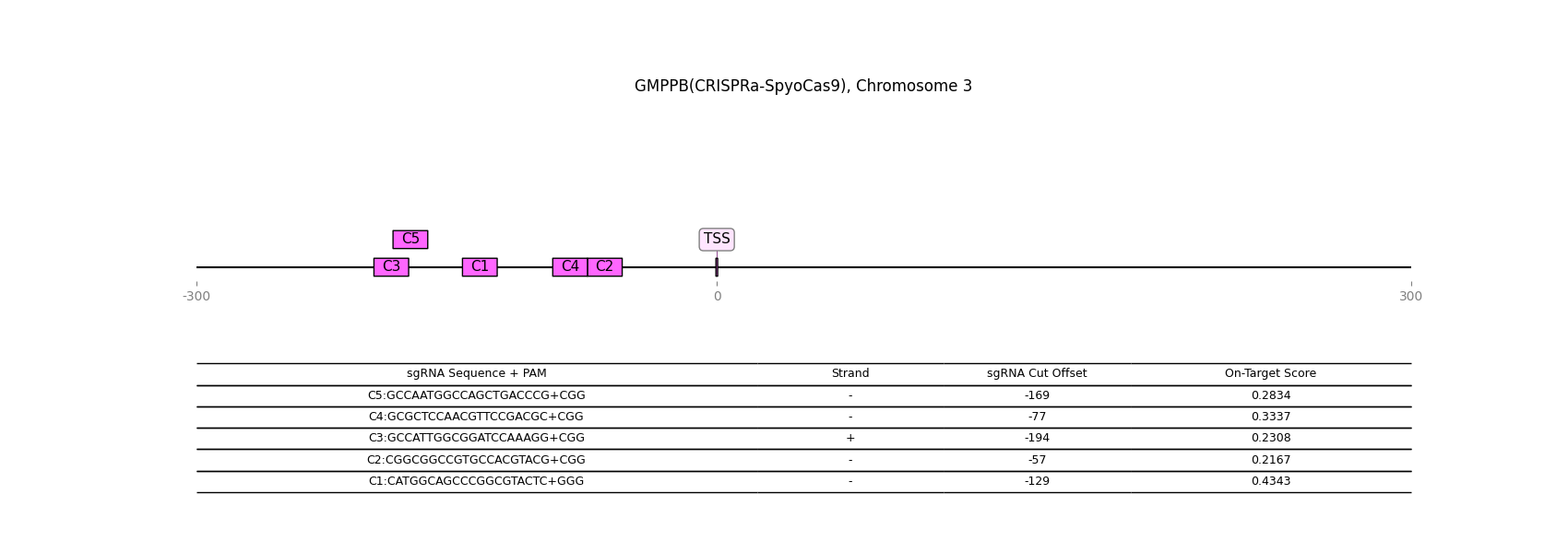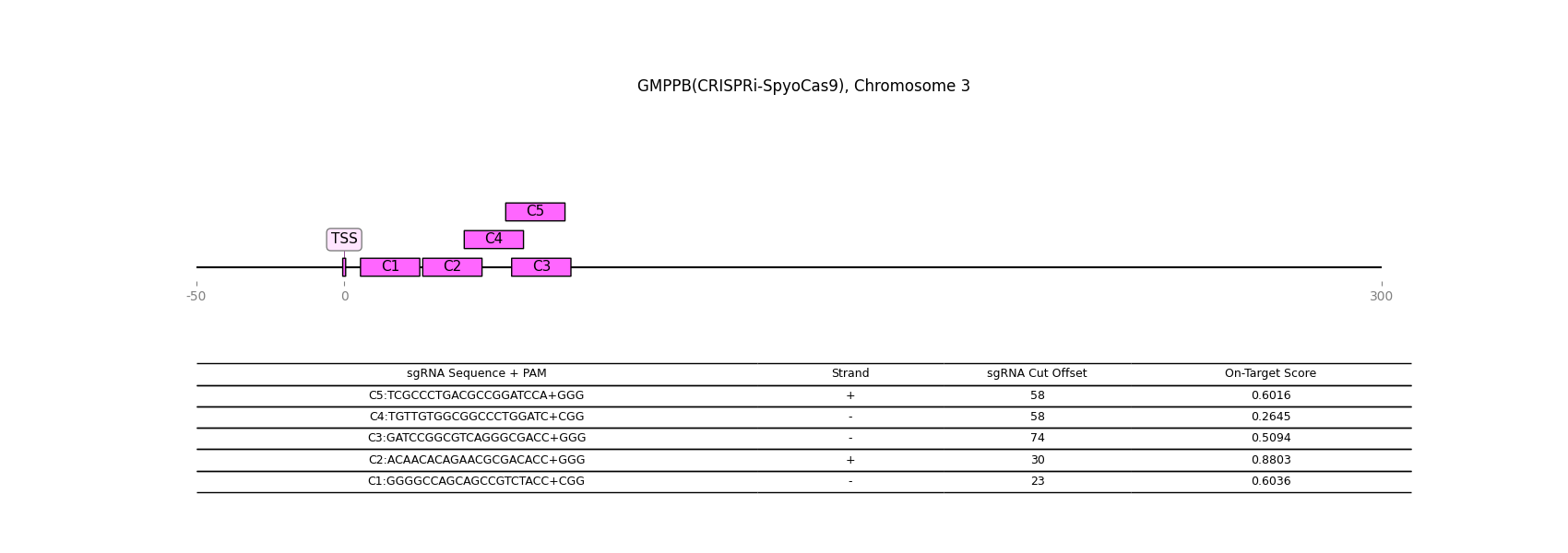Gene Details: GMPPB
1 / 2
General Information
Gene Name: GMPPB (Mannose-1-phosphate guanylyltransferase catalytic subunit beta)
Synonym:
Short Names:
Alternative Names: GDP-mannose pyrophosphorylase B;GTP-mannose-1-phosphate guanylyltransferase beta;
Notes:
- Synthesizes GDP-mannose from mannose 1 phosphate and GTP.
- Knowledge of GMPPA and B is subsumed based on porcupine enzyme activity and the homology of porcupine and GMPPA and B structures.
- GDP-mannose is a critical reactant for sugar nucleotide synthesis and glycosylation, as it can be directly used in the synthesis of N-linked glycans and can be metabolized into other sugar nucleotide donors.
Description from Dr.Glyco-GPT:
Warning: LLMs can generate factually incorrect information, as they simply predict the next word based on training data. Always verify LLM output by cross-checking with reliable sources!
Catalytic Activity

Reaction and Disease Links
EC # (IUBMB):
2.7.7.13
Brenda:
2.7.7.13
KEGG: 29925
Rhea:
15229
Reactome :
R-HSA-446205
Transcript levels (Cell lines and Single cell data) URL
CRISPR-knockout

CRISPR-activation

CRISPR-inactivation

Transcription factor-gene relationship (details at glycoTF page)
Top 10 TFs
| TF | Score |
|---|---|
| TCF25 | 0.516404 |
| UBE2I | 0.502144 |
| SSU72 | 0.499732 |
| YY1 | 0.482119 |
| SNRNP70 | 0.481803 |
| XRCC5 | 0.477821 |
| SON | 0.473092 |
| SUMO1 | 0.473084 |
| NCOR1 | 0.470728 |
| RBM25 | 0.469539 |
Licensing: CC BY 4.0. You are fee to copy, redistribute, remix, transform and build upon all material, except for textbook figures from the Essentials.